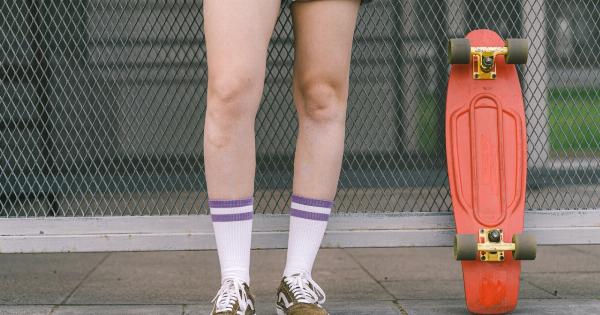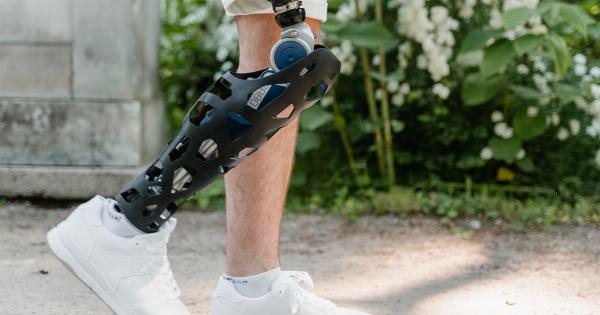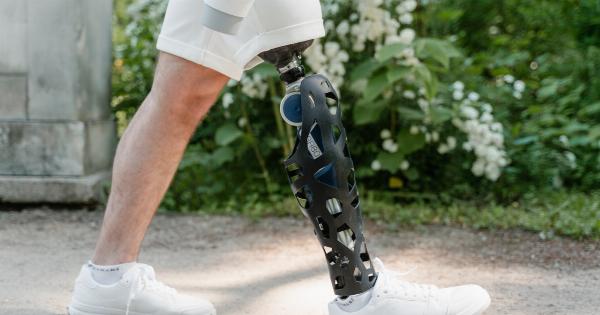Knee osteoarthritis is a degenerative joint disease that affects the knee joints, causing pain, stiffness, and reduced mobility.
It occurs when the protective cartilage on the ends of the bones wears down over time, leading to bone-on-bone contact and inflammation. This condition is quite common, especially among older adults, and can significantly impact one’s quality of life.
The Role of Proper Footwear
Choosing the right shoes is crucial for individuals with knee osteoarthritis.
The footwear you select can significantly impact the alignment, stability, and pressure distribution in your knees, which can either alleviate or exacerbate the symptoms of the condition. The right shoes can provide support, cushioning, and shock absorption, helping to reduce pain and improve overall joint function.
Considerations for Shoe Selection
When selecting shoes for knee osteoarthritis, there are several important factors to consider:.
1. Arch Support
Shoes with proper arch support can help distribute your body weight more evenly, reducing pressure on the knees. Look for shoes with built-in arch support or consider using orthotic inserts to provide extra support if needed.
2. Cushioning
Adequate cushioning is essential to absorb shock and reduce the impact on your knees while walking or running. Look for shoes with thick, shock-absorbing soles or midsoles to provide maximum cushioning.
3. Stability
Stability is crucial for individuals with knee osteoarthritis, as it helps prevent excessive joint movement and reduces the risk of injury.
Look for shoes with a firm heel counter, which provides stability and keeps your foot in place while walking or running.
4. Flexibility
While stability is important, it’s equally crucial to choose shoes that offer flexibility. Good flexibility in the sole allows for a more natural foot movement, reducing strain on the knees and improving overall comfort.
5. Shoe Size and Fit
Always ensure you choose shoes that fit properly and have enough room for your toes. Ill-fitting shoes can increase pressure and discomfort in the knees.
Consider getting your foot measured by a professional shoe fitter to ensure you find the right size and fit.
6. Low Heel Height
High-heeled shoes can alter your posture and increase the load on your knees. Opt for shoes with a low heel height or choose flats to maintain proper alignment and reduce strain on the knee joints.
7. Weight and Material
The weight and material of the shoes can also impact the overall comfort and support they provide. Look for lightweight shoes made from breathable materials that allow proper ventilation and reduce the risk of excessive sweating or discomfort.
8. Sport-Specific Shoes
If you engage in specific sports or physical activities, consider getting shoes that are specifically designed for those activities.
For example, running shoes have additional cushioning and support for impact absorption, while hiking shoes offer increased stability and traction.
9. Customized or Adjustable Features
In some cases, individuals with knee osteoarthritis may benefit from customized or adjustable features in their shoes. This could include options for extra-wide widths, adjustable straps, or the ability to accommodate custom orthotic inserts.
10. Seek Professional Advice
If you’re unsure about which shoes would be best for your knee osteoarthritis, consult with a healthcare professional or a podiatrist who specializes in foot and ankle conditions.
They can provide personalized recommendations based on your specific needs and help you find the most suitable footwear.
Conclusion
Choosing the right shoes for knee osteoarthritis is essential to alleviate pain, improve mobility, and enhance your overall quality of life.
Consider all the factors mentioned above when selecting footwear and don’t hesitate to seek professional advice for personalized recommendations. With the right shoes, you can manage knee osteoarthritis more effectively and continue to engage in daily activities with greater comfort.



















